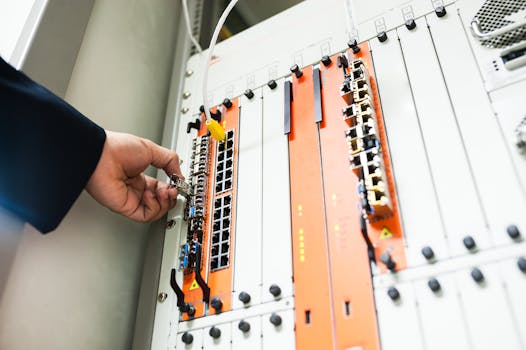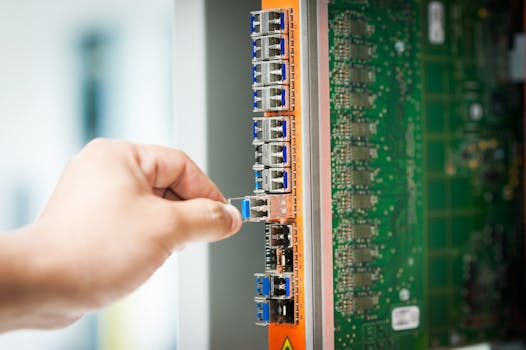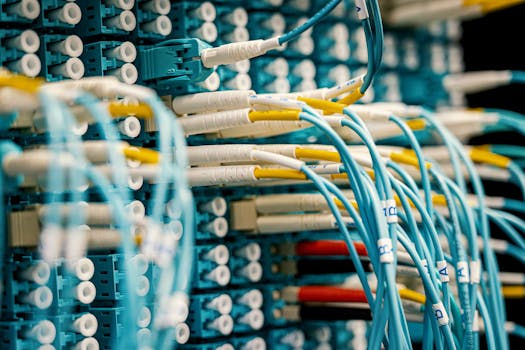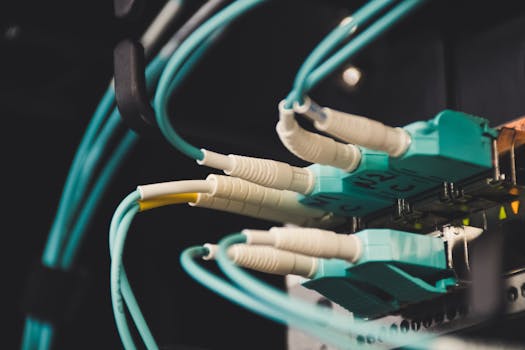
Installation Best Practices for Fiber Optic Networks
Installation best practices for fiber optic networks are crucial to ensure reliable and efficient connectivity. Fiber optic networks are the backbone of modern telecommunications, providing high-speed data transmission and reception. A well-planned and properly installed fiber optic network can provide numerous benefits, including increased bandwidth, improved network reliability, and enhanced security.
Pre-Installation Planning

Before starting the installation process, it is essential to plan and design the fiber optic network carefully. This includes determining the network architecture, selecting the right fiber optic cables and equipment, and identifying potential risks and challenges. A thorough site survey should be conducted to identify any obstacles or limitations that may impact the installation process.
Some key considerations during the pre-installation planning phase include:
- Determining the required bandwidth and network speed
- Selecting the appropriate fiber optic cable type and size
- Identifying the necessary network equipment, such as switches and routers
- Developing a comprehensive installation plan and timeline
Installation Best Practices

Once the planning phase is complete, the installation process can begin. The following are some best practices to follow during the installation of fiber optic networks:
- Use high-quality fiber optic cables and equipment: This will help ensure reliable and efficient data transmission and reception.
- Follow proper cable installation techniques: This includes using the right cable pulling equipment, avoiding excessive cable bending, and securing cables properly.
- Test and inspect the network regularly: This includes testing for signal strength, inspecting for damage or defects, and performing routine maintenance tasks.
- Ensure proper network documentation: This includes maintaining accurate records of network architecture, cable routes, and equipment inventory.
Post-Installation Testing and Maintenance

After the installation is complete, it is essential to test and inspect the network to ensure it is functioning properly. This includes:
- Testing for signal strength and quality
- Inspecting for damage or defects
- Performing routine maintenance tasks, such as updating software and firmware, and replacing faulty equipment
Regular testing and maintenance will help identify and resolve any issues promptly, ensuring the network remains reliable and efficient.
Conclusion

In conclusion, installation best practices for fiber optic networks are crucial to ensure reliable and efficient connectivity. By following the guidelines outlined in this article, network administrators and installers can help ensure that their fiber optic networks are properly planned, installed, and maintained. This will help provide high-speed data transmission and reception, improved network reliability, and enhanced security. By prioritizing quality, testing, and maintenance, organizations can maximize the benefits of their fiber optic networks and stay ahead in today’s rapidly evolving telecommunications landscape.